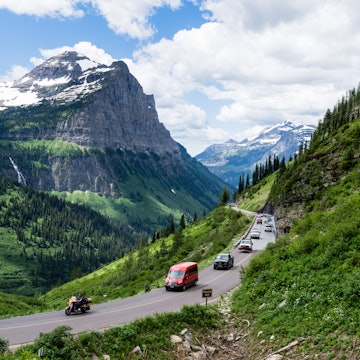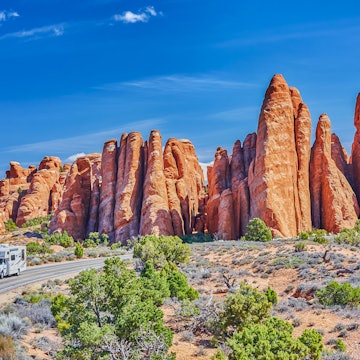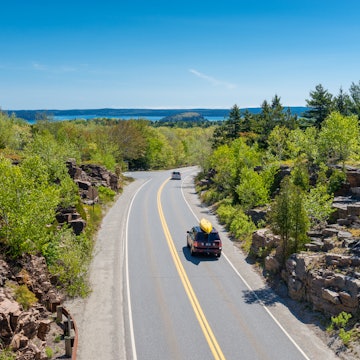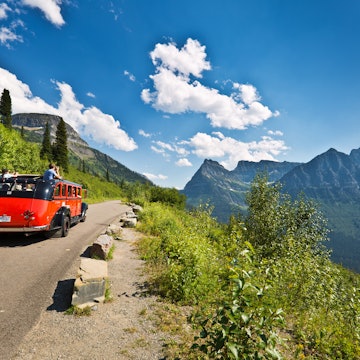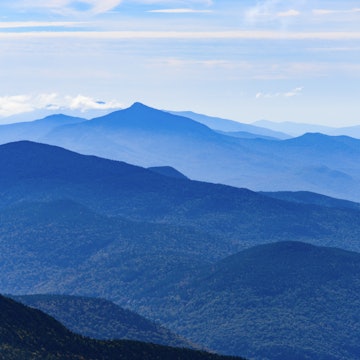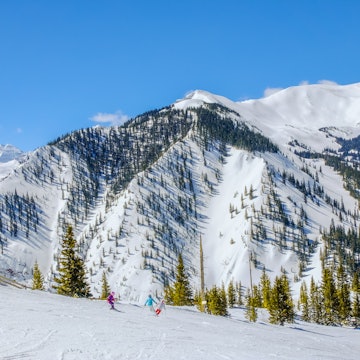
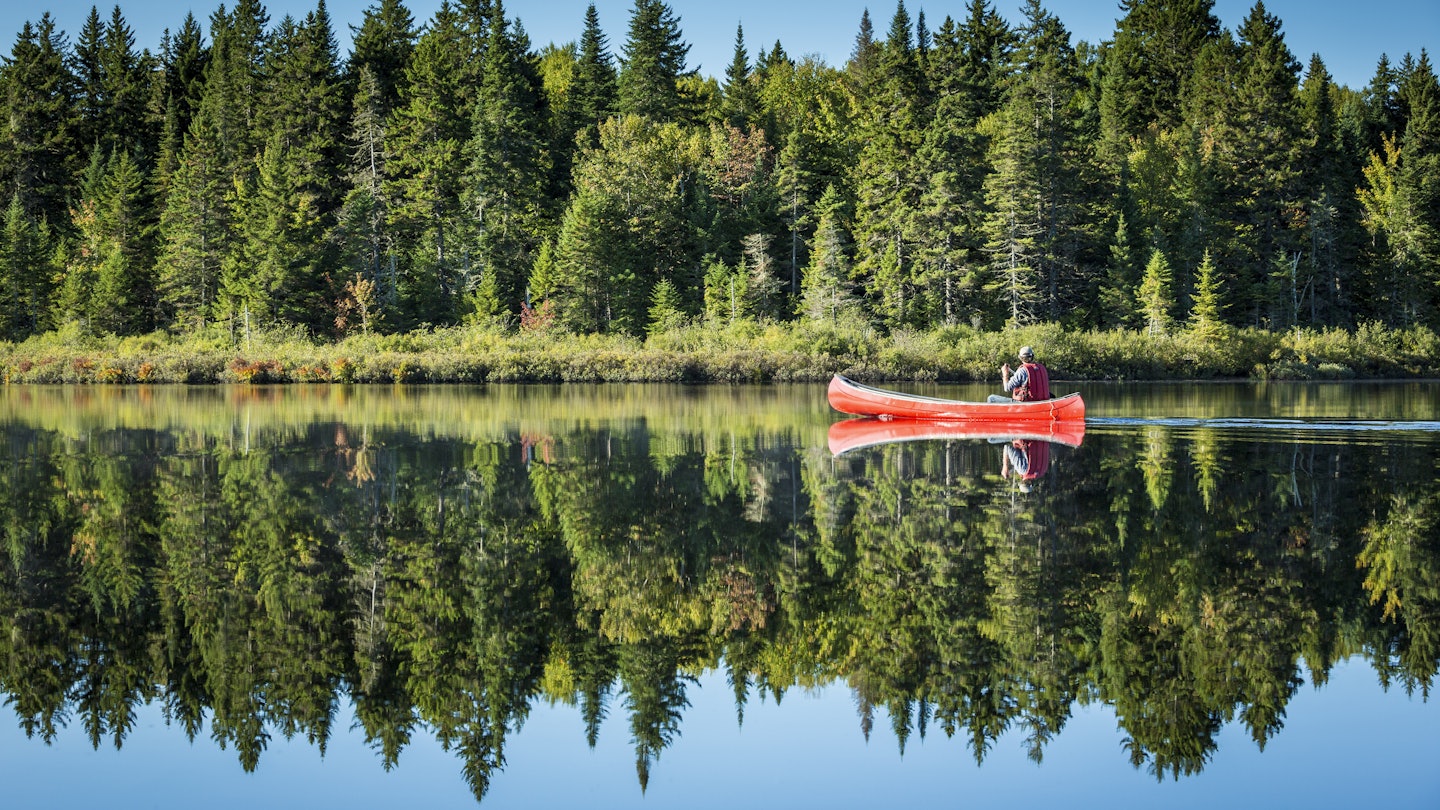
Is there a better way to explore Canada's wilderness than from a Canadian canoe? Tom Robinson / Lonely Planet
Canada is synonymous with canoeing. The country’s waterways were initially navigated in open boats by First Nations people. Later, European settlers used them as avenues of discovery and then trade routes. Now, Canada’s many rivers allow modern-day adventurers to explore the country’s more remote and wild areas. Rivers like the Yukon, Snake and South Nahanni are iconic and surprisingly easy to access, thanks to the many canoe-based outfitters and guiding companies.
Editor's note: during COVID-19 there are restrictions on travel. Check the latest guidance before departure, and always follow local health advice.
Yukon Territory
The Yukon River flows right past the Yukon Territory’s capital, Whitehorse, en route to the famous gold-rush frontier settlement of Dawson City. There’s only one seriously technical obstacle en route, Five Fingers Rapid, which isn’t too challenging if you listen to advice and take the right line (it’s a boat-eater if run wrong). You can hire canoes in Whitehorse and there are brilliant riverside (and island-based) campsites along the way. The classic two-week trip is best done in high summer, under the midnight sun, which is when the Yukon River Quest takes place. The annual race sees paddlers take kayaks, one- and two-person canoes, SUPs and voyageur vessels (large eight-person canoes, the traditional boats of French-Canadian fur trappers), along this 715km stretch of the river almost non-stop.

Less experienced paddlers can spend 14–17 days exploring 300km of Big Salmon River, from Quiet Lake to Carmacks on the Yukon River, cutting through the Salmon Mountains, or take on a section of Wind River, accessed via float plane from the put-in point of McClusky Lake, with journey’s end 10 days later at Taco Bar or, for those wanting a longer trip (an extra three days), Fort McPherson. More experienced paddlers should check out the mighty Snake River, another floatplane-accessed (from Duo Lakes) paddle, offering more rapids (mix of grade I and II with intermittent III) and a far longer journey, of 500km to Fort McPherson.
Read more: Never mind the hypothermia: easy winter adventures in the Yukon

Northwest Territories
Sensational South Nahanni River takes paddlers through some of Canada’s most spectacular terrain as it wends through deep canyons inside Nahanni National Park Reserve and the Mackenzie Mountains, and it offers plenty of land-based activities along the way, including day hikes up nearby peaks. It’s also quite a challenge for canoeists (rafters have an easier time) thanks to its intermittent rapids. Most guided adventures (canoe and raft-based) in the Northwest Territories kick off at what is a major highlight of the journey: Nailicho (Virginia Falls), which drops 96m and is an incredible sight. From the base of the waterfall, you follow the river down for eight to 10 days, camping on the banks each night, until journey’s end at the First Nations community of Nahanni Butte.
Read more: Go north: reindeer herding in the Northwest Territories

Ontario
This province’s many canoeing destinations include two standouts (both part of the 42-strong list of Canadian Heritage Rivers). Boundary Waters–Voyageur Waterway (a mix of lakes and rivers that straddle Ontario’s southern border and into Minnesota in the US) is both a brilliant adventure canoeing destination, and at the same time a memorable history lesson; this route was the main link between Montréal and Lake Winnipeg during the 18th and 19th centuries. It was used by fur-traders initially, and then explorers looking to punch through the wilderness and further on into the wilder west.
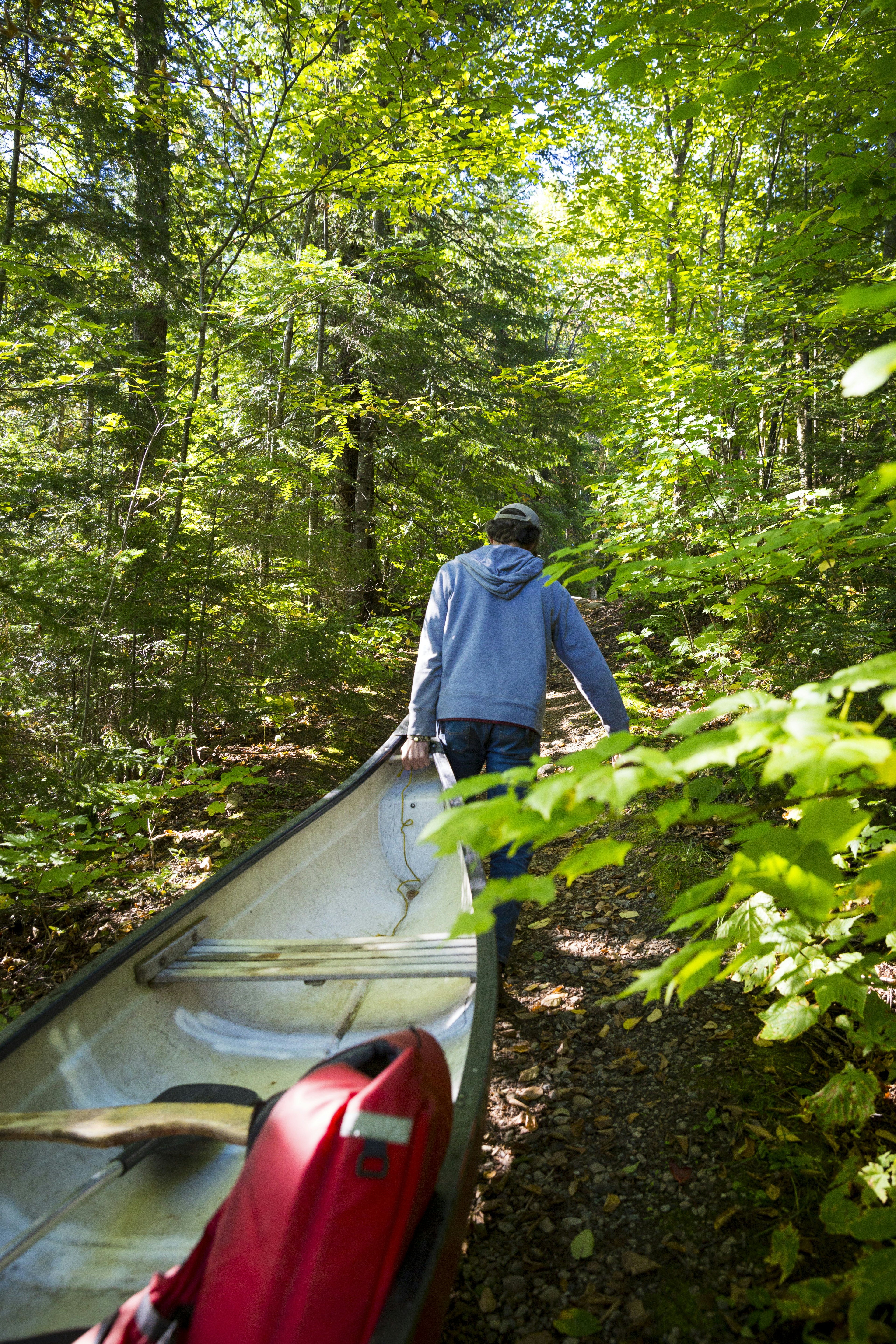
Contained within a provincial park of the same name, the French River is also rich in First Nations and Voyageur history. Initially used as a travel route by indigenous people, such as the Huron and Ojibwe (there are numerous archaeological sites along the river), it was later navigated by fur traders and explorers, including Alexander Mackenzie. The river packs in rapids, waterfalls, gorges and lakes as it makes its way 105km from Lake Nipissing to Georgian Bay. You can opt for day canoe trips, overnighters or the full French River journey.
Read more: The natural way: why nude vacations are taking off

British Columbia
For family-based canoe adventures, BC’s Bowron Lake Provincial Park (in the Chilcotin region of the province) and its world-rated Canoe Circuit is a must. This circuit (book ahead, only 25 canoes are allowed on the circuit daily) is 116km, takes paddlers across six separate lakes (Indianpoint, Isaac, Lanezi, Sandy, Spectacle and Bowron) and takes five to seven days. For those with less time, there is the shorter West Side Trip. This involves you paddling from Bowron to Unna Lake. Both options are brilliant, offering stunning views across the Cariboo Mountains, the chance spot iconic Canadian wildlife, including bears and moose, and sublime lakeside campsites.
Read more: BC by sea: boating to the best of British Columbia
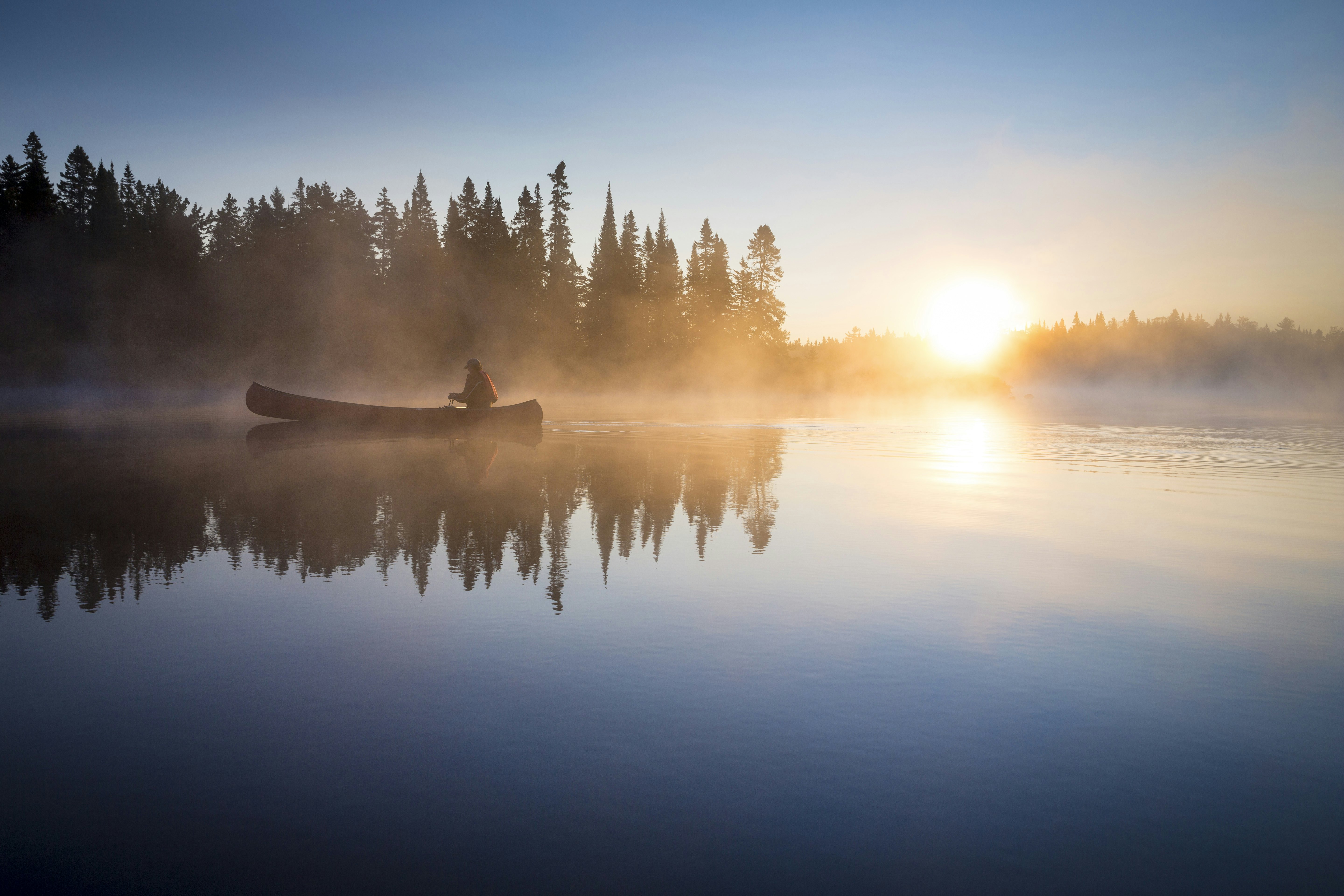
Québec
No matter how far you want to paddle, Réserve Faunique la Vérendrye (about three hours’ drive north of Ottawa) and its 800-plus-km of canoe routes (one-way and circuits) has myriad options, including the Gens de Terre River on its eastern border. This five-day, 79km canoe journey is classed moderate to difficult, with plenty of portaging. The last 50km, in particular, earns its ‘difficult’ moniker, thanks to technical rapids and travel through deep canyons with minimal egress points.
Read more: The wild east: adventures in Québec's backyard
Saskatchewan
The Churchill River runs west–east through northern Saskatchewan before finally emptying into the Arctic at Hudson Bay, Manitoba. The river itself is comprised of a chain of lakes linked together by waterfalls and sections of rapids (which can be either run or portaged around; the river is suited to paddlers of all skill levels) and was used more than a century ago by Canada’s Voyageurs. The most popular way to run the 105km Saskatchewan section of the Churchill is by putting in at Sandfly Lake and finishing at Otter Rapids, but you can opt for longer or shorter journeys. Most guides/outfitters are based in the township of Missinipe.







